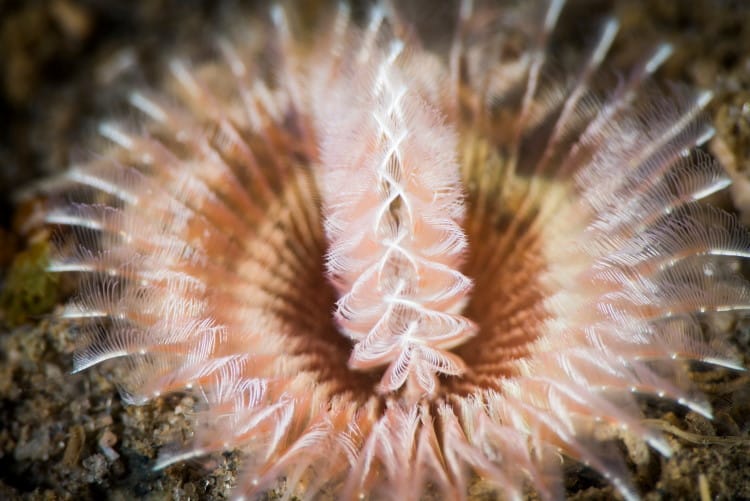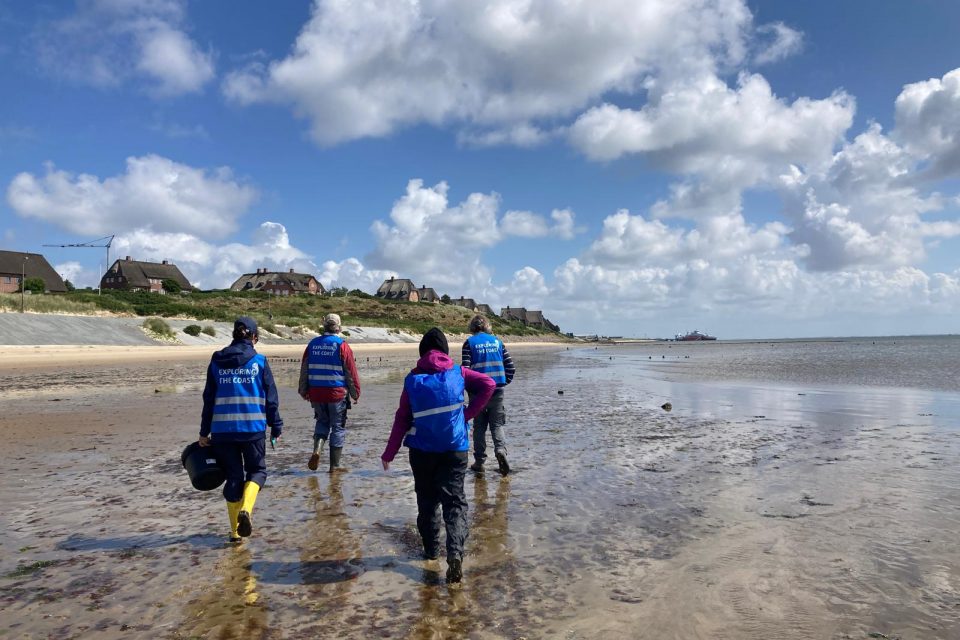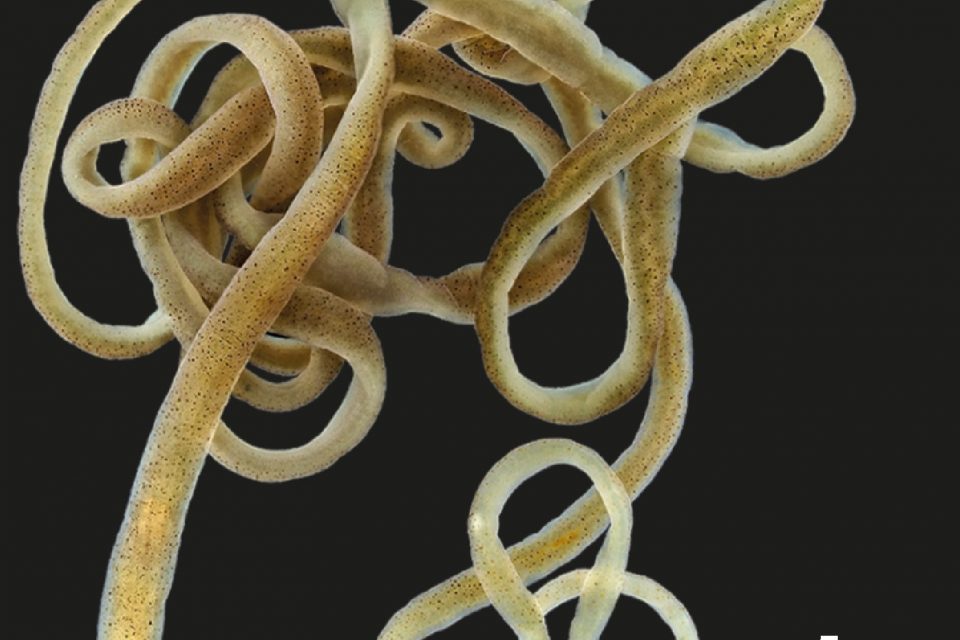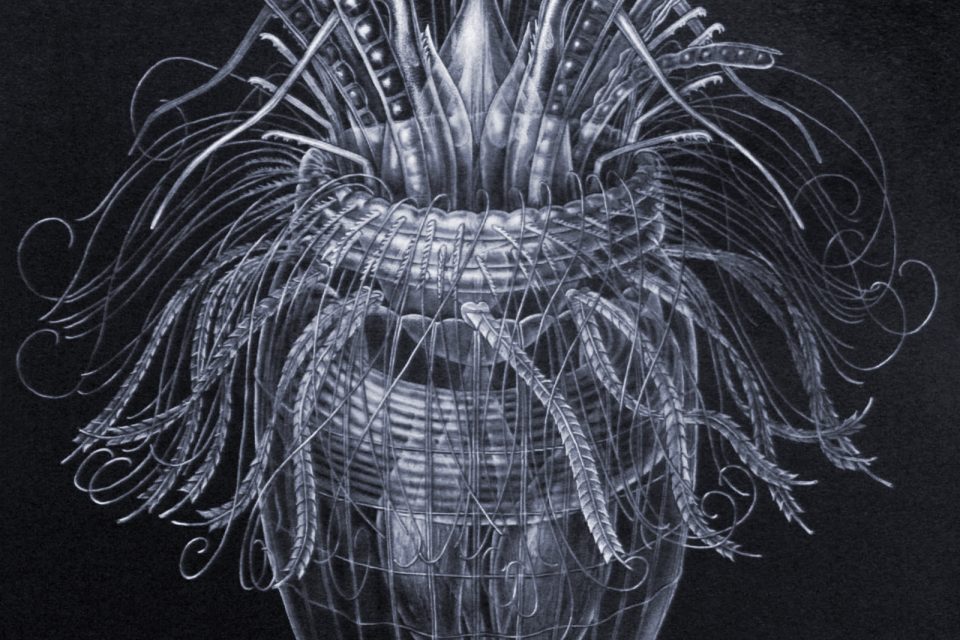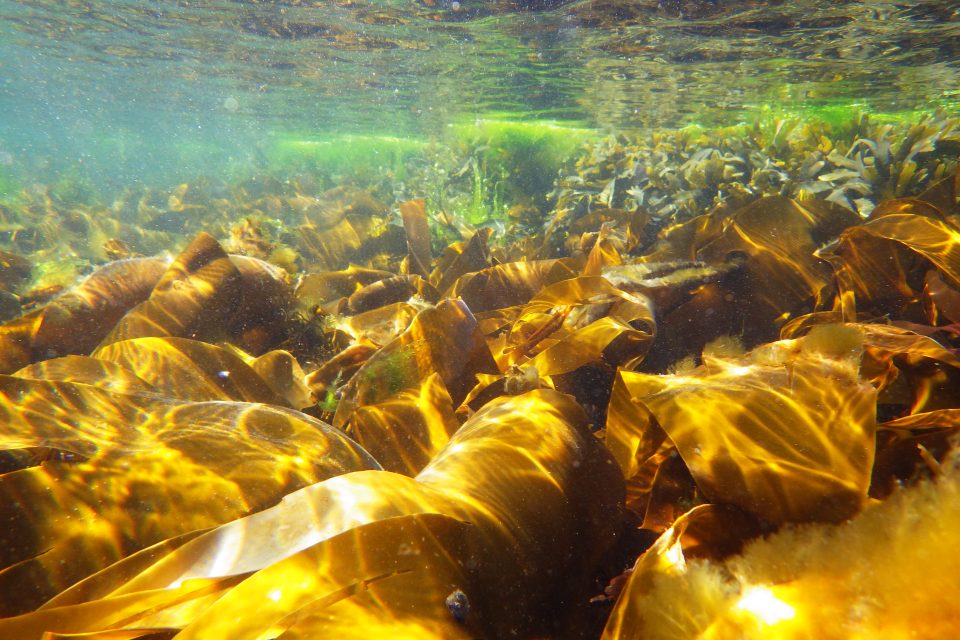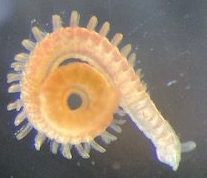
Group of the month: The boring worms
This month, we will present to you the boring worms. These are worms of different genera, which belong to the polychaete family Spionidae. Polychaetes are also called bristle worms as the often have a large number (poly) of bristles (chaetae) on their segments. The family Spionidae is a […]
